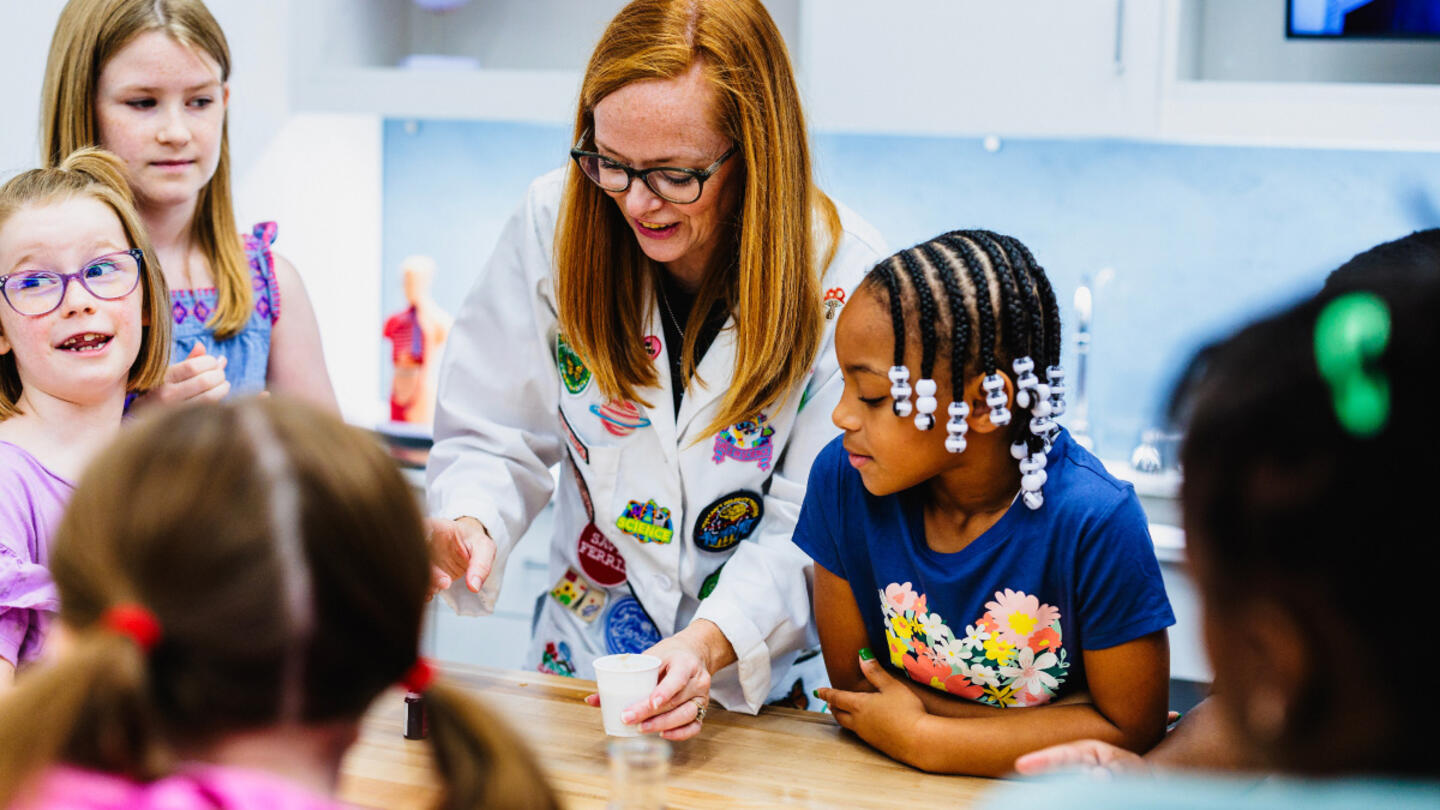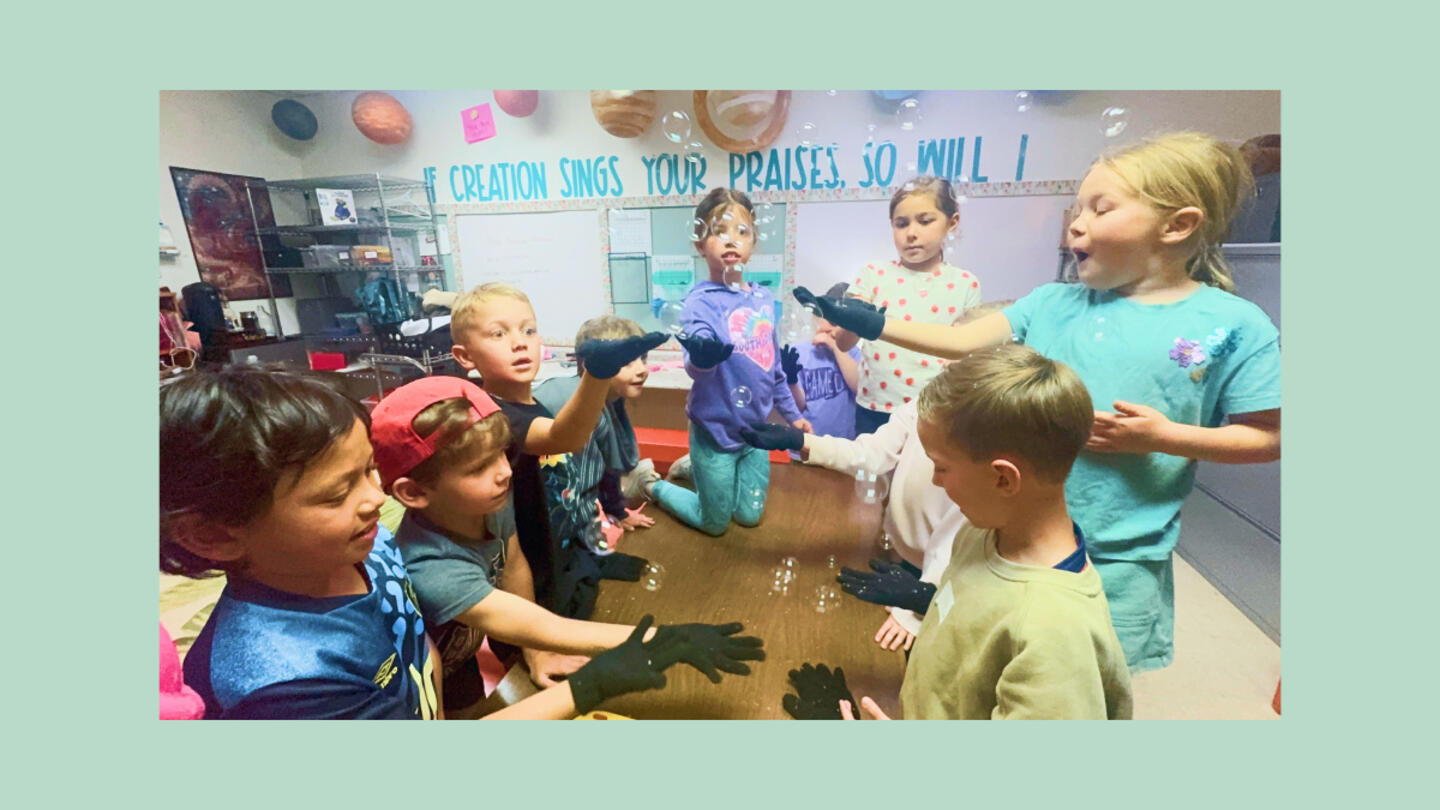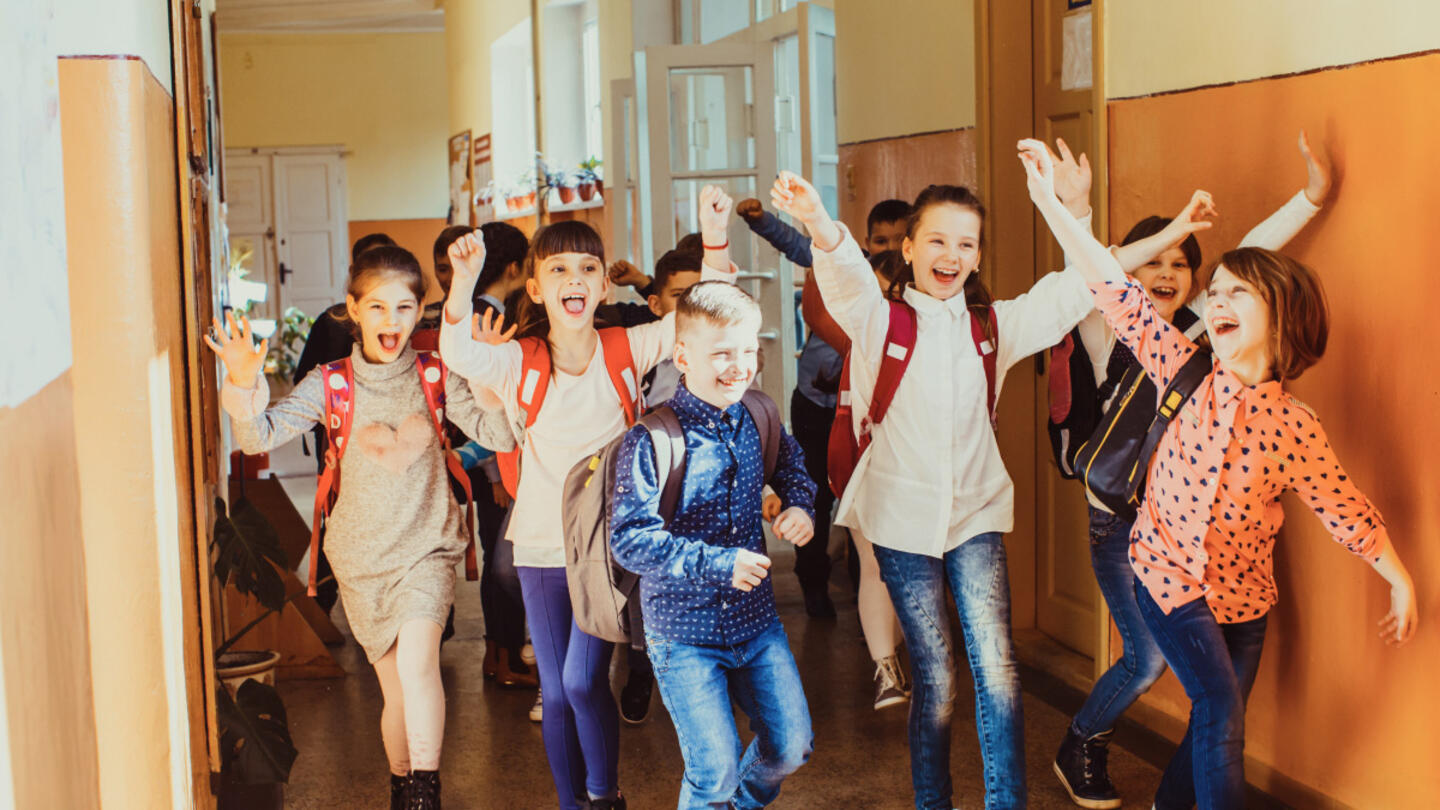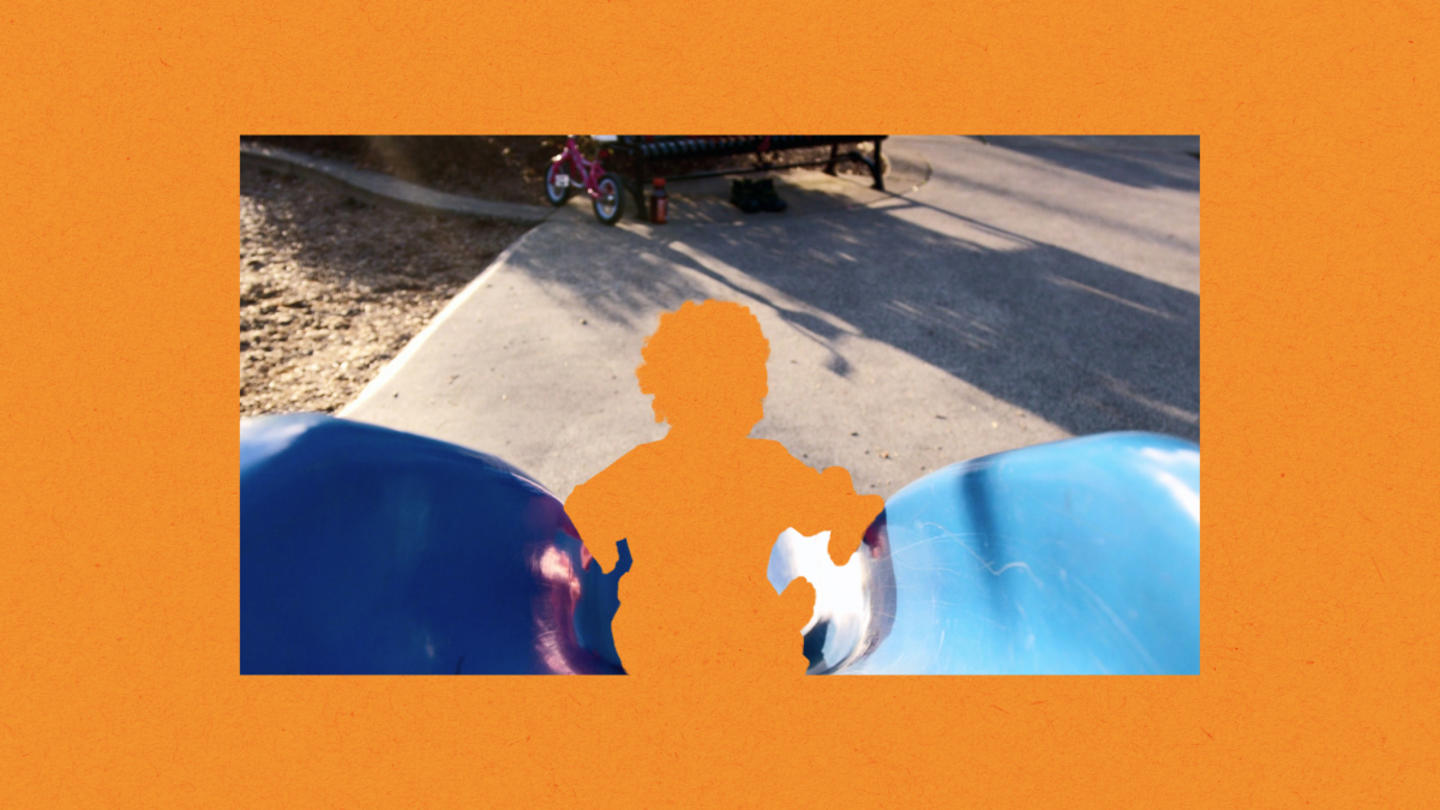Several decades ago, Peter Gray, a research professor at Boston College, was grappling with a difficult parenting challenge: His 9-year-old son refused to go to school.
“He hated the whole idea of it,” said Gray. “He hated the fact that he was forced to go every day, that he was forced to do what the teachers told him to do, that he had no control over his own life during school hours.”
At the time, many parents would have only seen two options: conventional school or no school at all. Gray didn’t like either one, so he went looking for a third option. He found “a radically different school where children are free to play and explore and follow their own interests,” he said. “There were all kinds of learning opportunities, but nobody was forced to take advantage of them if they didn’t want to.”
Gray’s son thrived in this environment. As an established researcher, Gray wanted to understand. He wanted data. “I ended up taking a break from my lab work to do a study of graduates of the school,” he said.
What he discovered stunned him. “These students were very well prepared for life. They went on to pursue higher education and professional careers successfully, often in fields they were passionate about. They were living meaningful lives. They were happy with their lives. They were contributing to the world.”
What these children were doing differently was simple: They were playing. Play was the one thing missing from the daily work of too many schoolchildren.
It was a pivotal moment in Gray’s career. He concluded his lab research and shifted his focus entirely to understanding play and its vital role in child development and education. Through play, children learn social skills like cooperation and empathy, develop cognitive abilities and creativity, and engage in self-directed learning. These benefits extend into adulthood, leading to more adaptable, creative, and fulfilled individuals who contribute meaningfully to society.
The bad news? Gray has documented a dramatic decline in play over the last 50 years. We recently sat down with the professor to learn more about why play is critical for children and how parents and schools can bring it back.
Stand Together: How has our definition of “play” changed in the last 50 years?
Peter Gray: Play is an activity that children create themselves. It is self-chosen and self-directed.
When I was growing up, I played a lot of baseball. But the way we played baseball was we’d go out to a vacant lot. There’d be no adults, and we would create our own game. That’s real play.
One of the main functions of play is to learn how to create and regulate activities. We had to create the ground rules. How are we gonna choose teams? We’re playing on a weedy lot; there’s broken glass, there are windows, and a busy street. You’ve got to create your ground rules about how you’re going to play so you don’t break windows, or you don’t go running out into the street. You’ve got little kids. You’ve got big kids. You’ve got to have some understanding of not pitching hard to little Timmy or he’ll go home.
There’s an awful lot of negotiation and creativity that goes into creating a baseball game like that. The whole point of play is for kids to figure things out themselves and solve their own problems.
Compare that to our Little League baseball today. With Little League, adults create and judge the game. We have nice manicured fields, so you don’t have to worry about windows and glass. You don’t have to have the kids arguing about what’s fair and foul or who’s going to pitch because we have coaches doing that for them.
That takes baseball and destroys it as play. It’s now an adult-directed, formal activity similar to school. You’re no longer learning how to take initiative, solve problems, or negotiate with your playmates. The umpire takes care of all that.
Why are children playing less now than in previous generations?
Parents are reluctant and frightened to let their kids go out and play as kids once did and are designed to do. They’re no longer able to get away from adults and play on their own. Academic pressures have also become a source of anxiety.
Children’s lives have gradually been restricted. Over the decades since I was a kid, play has largely been taken away from most children unless they go to a school like the one my son went to. In our world today, there’s very little opportunity for kids to play in the way they are designed to play. They’re spending so much time under adult direction — in school and out of school.
How has this decline in playtime impacted children’s and teens’ mental health?
In my research, I have documented the decline of play in the United States over decades and shown how it correlates with the increase in anxiety, depression, and suicide rates among young people. I’ve collected other people’s research as well as my own, showing why there would be a cause-effect relationship.
This isn’t just correlation. I became convinced. This is a cause-effect relationship. You take an independent activity away from children, and you constrain them all the time — you more or less leash them — and what you’re going to get is depression.
This is especially true if they’re constantly in competitive activities. School has become more competitive over the years; grades are more and more important, your class ranking, whether you’re going to get into a fancy college or not — all of these things are pressuring kids. When you make these kinds of changes, you’re going to get depression and anxiety. You’re going to even get some kids who say life isn’t worth living. The rate of suicide, for example, increased fivefold over the decades between 1950 and 1990.
What advice would you give parents struggling to let go of the pressure to ensure their child keeps up with their high-achieving peers?
When I talk to large groups of parents, sometimes I’ll start with something like this: Imagine your own funeral and somebody is talking about you. What would you most like to hear? “This is a person who lived a happy life, who had meaningful work that contributed to the world, who was comfortable in their own skin, a good friend and neighbor to people,” versus, “This is a person who made it into Harvard, who earned a million dollars by age 20 and was a billionaire by age 50.” Which of these would warm your heart more? Now think about this in terms of your own child.
There’s actually research by a professor named Suniya Luthar. She studied anxiety, depression, and suicide among high school-age kids. She found that the rates of these mental disorders were greatest in high-achievement schools. These are schools that brag about how high their test scores are and how many kids go on to elite colleges. They’re schools that are oriented towards high achievement by this narrow measure of achievement.
She also found that not everybody is suffering in those kinds of schools. The ones not suffering are the ones whose parents are not putting pressure on them — the ones whose parents demonstrate — not just with words, but with actions — that they accept the child for who the child is, not for these superficial measures of achievement of the child. They’re families that are less likely to be carting their kids from one activity to the other and more likely to allow the kids time to do their own things.
Even kids going to high-pressure schools are doing better if they don’t have high-pressure parents. So regardless of what school your kid is going to, you can help them by not adding extra pressure. If I had my druthers, parents wouldn’t even look at report cards.
Sign up for Stand Together's K-12 newsletter and get stories, ideas, and advice from changemakers who are transforming education across the country.
What do you recommend schools do to help students play more?
I’ve been working, through the nonprofit organization Let Grow, to start what we call “Play Clubs” in schools. I’d love to see them spread. This is an hour of free play where all the kids in the school are playing together without rules — just don’t hurt anybody. Most schools do it before or after school.
They can engage in vigorous play outdoors, or more quiet or artistic kind of play, or they can do puzzles or whatever their hearts desire at that moment. And they’ve got a huge range of potential playmates. They’re not stuck with just those kids who are in their grade or class, who may or may not be compatible with them.
Teachers monitor Play Club, but while they’re monitoring, they’re not teachers. They’re lifeguards: only there in case a life is truly in danger.
It’s important that Play Club be all the kids together because there are a lot of advantages to age-mixed play. The older kids boost the younger kids up to a higher level, and the younger kids make it more creative, less competitive. It’s really more playful when kids are playing across ages.
What successes have you seen with Play Club?
There was a very sweet kid who was slow and wouldn’t fit very well into the high-energy games of his peers. He was adopted by a group of older girls who just decided, “We really like this person, and we like playing with him. We like to make him laugh. We like to do things that make him happy.” You can imagine the benefit, not just for the kid, but for those girls. They were learning something about themselves, about how they can be helpful to somebody who otherwise would have been unhappy, and how they can make somebody happy.
I saw a little boy at Play Club once, standing in the middle of everybody being happy and playing around him. He was standing there completely lonely, looking like he was about to cry. I was glad that teachers were following the rules. They weren’t trying to cheer him up.
I said to my companion, “Let’s watch him a little bit and see what happens.” As we watched (fortunately for me because I made this prediction), an older girl came over and started chasing him. He and the girl were laughing with joy, and they were so happy. I don’t think it was somebody who had a relationship with him. My guess is she just saw an unhappy kid and thought, “I bet I can make him happy.” How much better than if the teacher had stepped in and tried to cheer him up. The boy would have gotten the message, “I’m so pathetic that I need help from a teacher whose job it is to try to cheer me up,” as opposed to “Here’s this amazing girl who wants to play chase with me.”
What a difference that is! Oh, how we adults spoil play when we step in and solve problems instead of letting kids solve them themselves.
How did the alternative school work out for your son?
It’s hard to imagine any other school ever working for him. He’s very happy. He did go to college, though he believes it was a mistake for him because he ended up not doing anything that required college. After he graduated, he worked in IT for a time, but as soon as a staff position opened up at [his childhood] school, he applied. He’s still there. He feels that school saved his life, and now he believes it’s his mission to help keep it going.
***
Learn more about Stand Together’s education efforts and explore ways you can partner with us.

This colearning space has the potential to bridge the divide between public and private education.

New Johns Hopkins data shows homeschooling’s recent surge has transformed the education landscape.
Step 1: Find the best learning environment for your child. Step 2? Figure out how to pay for it.

Here’s what happens when AI replaces teachers.
